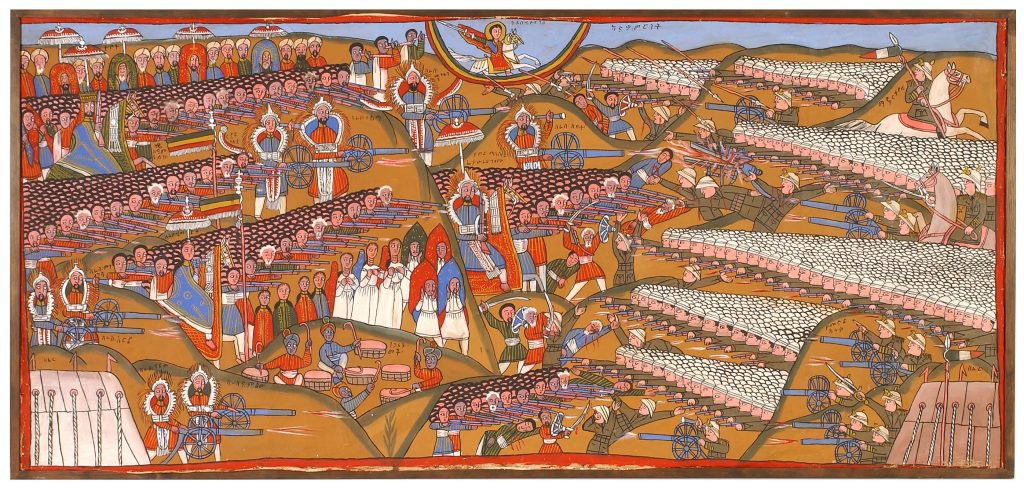Edited (version 33)
Ra - the world's oldest vertical sundial
Bringing the 3200 year old timepiece from Egypt's Valley of the Kings to life again.
In 2013, archaeologists from the University of Basel conducting excavations in Egypt's Valley of the Kings unearthed a limestone tile (a so-called ostracon). Initially unremarkable, this piece of rock revealed its historical significance as one of the world's oldest sundials, dating back to the 13th century BC. The sundial features a central hole for a gnomon (a rod made of wood, bronze or lead) allowing it to cast a shadow, and fan-shaped lines rendered in black pigments onto the limestone surface.
"Ra" was developed to bring this 3200 year old artifact to life. The project showcases the sundial's functionality, as a shadow moves across its surface to indicate the time. Numerals from 6 AM to 6 PM denote the hours. View (simulation, ostracon front, ostracon back), shadow and dial (original, equinox, winter solstice, summer solstice, today, today Luxor true solar) as well as the numerals (Egyptian, Greek, Roman, eastern Arabic, Arabic) can be toggled by means of hieroglyph buttons. The astronomical modes have been calculated for a latitude of 25.5° (Luxor).

Launch Ra, the world's oldest sundial!
Team
- Thomas Weibel
- Sophie Aellen
- Hugo Dupraz
Sources
- SRF: Basler Forscher finden altägyptische Sonnenuhr
- Susanne Bickel, Rita Gautschy (2014): Eine ramessidische Sonnenuhr im Tal der Könige, S. 3ff.
Logo, Media
- Wikimedia Commons: The Eye of Ra
- Wikimedia Commons: Ancient Egyptian sundial
- Myriam Frisano: Fourteen Dreams (brush lettering font)
- Noto Sans Egyptian Hieroglyphs
Credits
- Photos: Matjaz Kacicnik, University of Basel, Department of Ancient Civilizations, Kings' Valley Project
Project
Added true solar mode calculated for Luxor.
Event finish
Done.
Adding true solar time mode for Luxor
Finished coding, debugging
Coding, making the artifact interactive
Start
Joined the team
Challenge shared
Tap here to review.
OCR and linking of MEG inventories
GLAMhack 2023
Tracking down colonial and racist traces in Geneva

